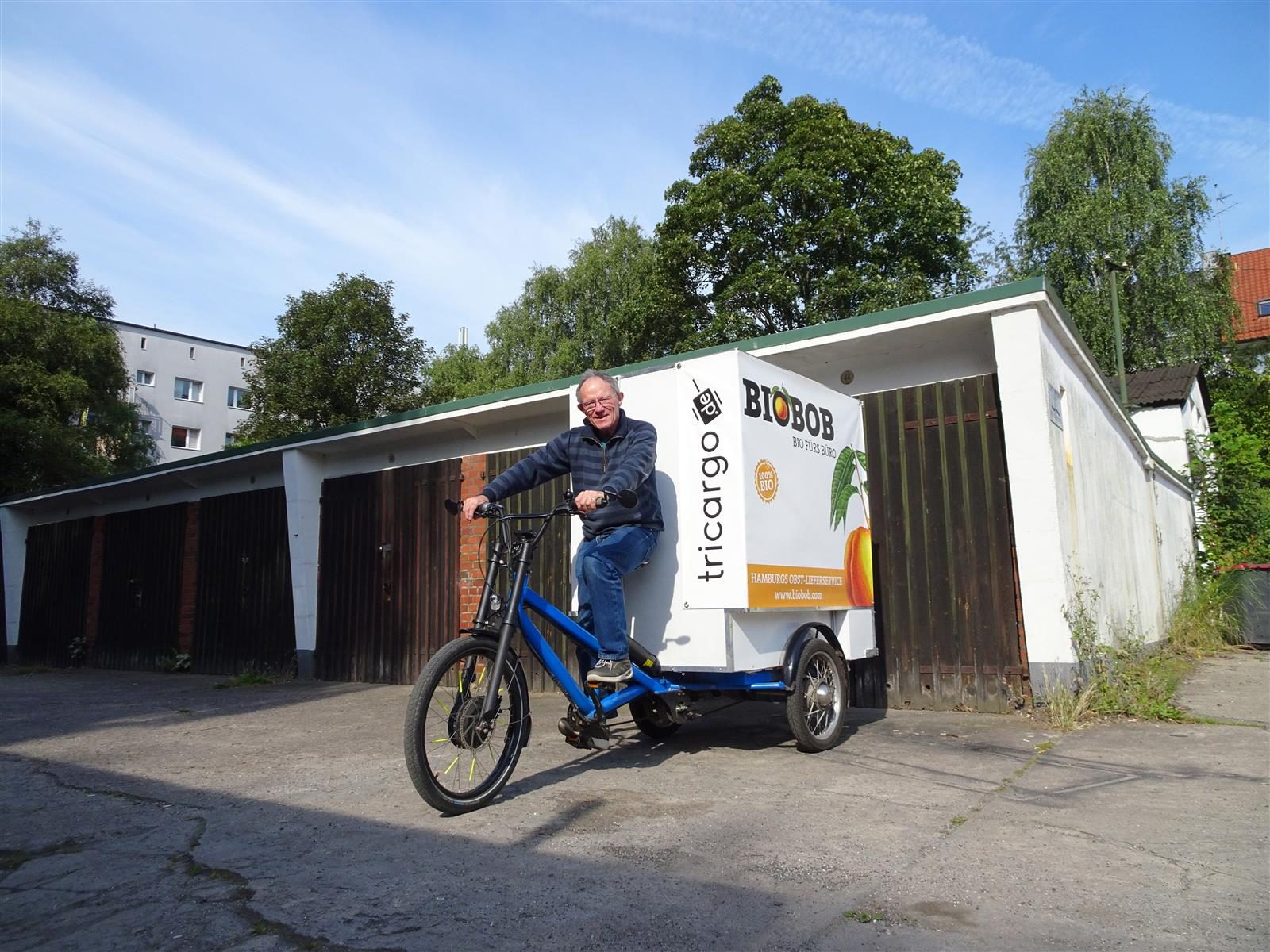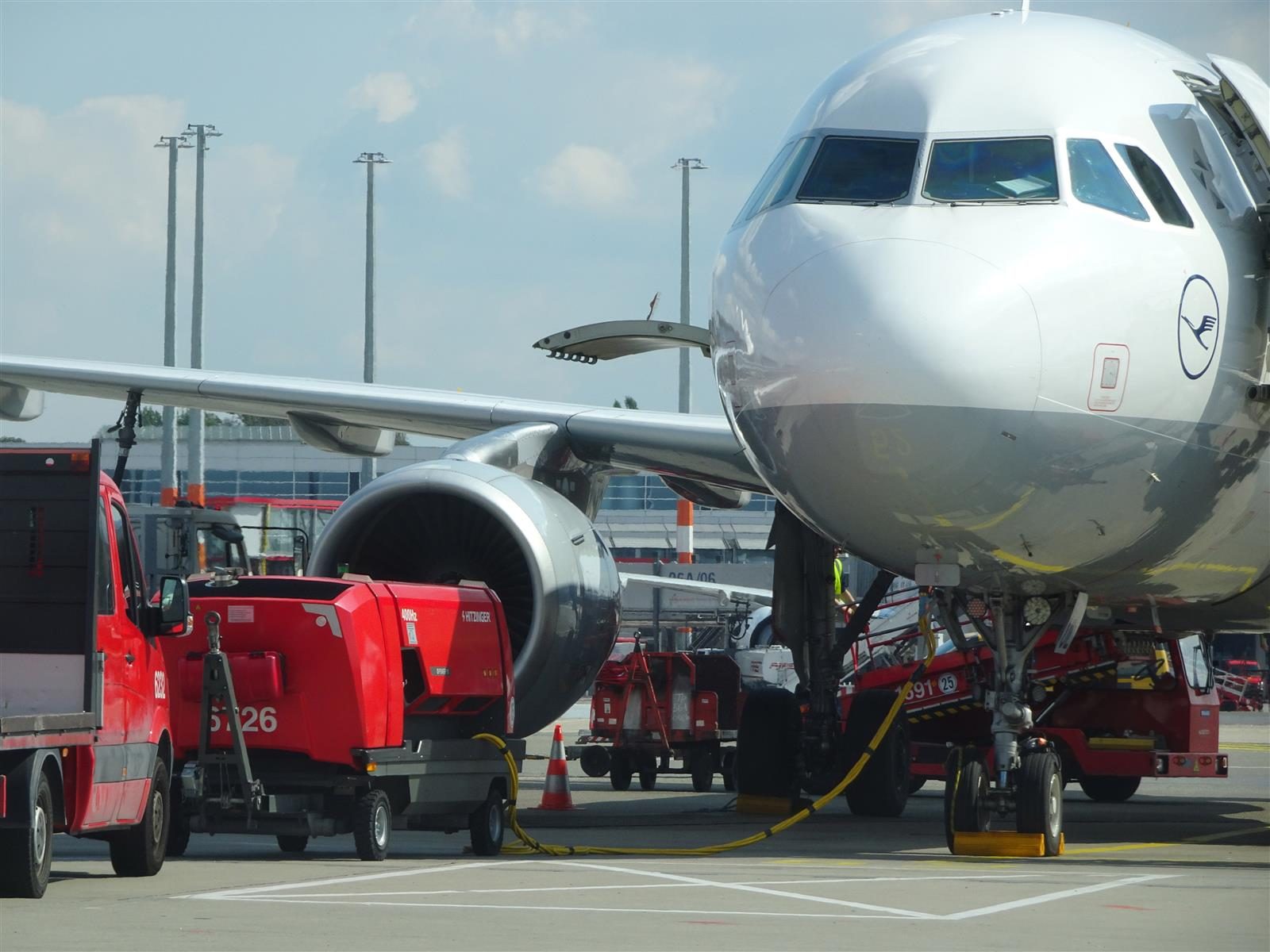By Lindsay Wood, director of Resilienz Ltd
I‘ve previously written about seeing problems as opportunities. Here are some more examples.
As you read this, Phil Garret might be hurtling down a Canterbury road on a largely home-built bike, targeting a New Zealand motorbike speed record of 320kph. Burt-Munro-style, Garret and his team spent years in the garage innovating, trialling and modifying a 1975 Kawasaki. They hit on the idea of a second gearbox driving the back wheel, modified and fitted a BMW one and – get this – that alone should add more than 100kph to the speed.

Credit: RNZ
In 2017, I was outside another garage in Germany, trialling a rig that would never set a speed record: Tricargo‘s three-wheeler cargo e-trike. But it did make me take a new look at our cherished No.8 wire mentality.
Founder Bjorn Fischer told me Prototype 2 on Tricargo‘s development plan worked so well, they skipped 3 and went straight to 4. Now it may be unfair on us Kiwis, but this multi-prototype plan for building relatively low-tech gear got me thinking that No.8 wire is great for getting ourselves out of a fix but isn‘t the way to tackle planned development.

Fischer had R&D contracts with a battery company and a wheel company and, to my astonishment, sourced his front-wheel-drive hubs from the Electric Bike Hub Company right where I live – in Nelson.
And this week‘s news told of new dairy trucks that will increase efficiency by turning better in farmyards. There must be heaps of similar innovations catching truckers‘ eyes nationwide – heaps of problems to turn into opportunities.
And now, here‘s a mean question: what‘s the energy difference between the two aircraft in these pictures? Clue: Whether it‘s a truck waiting to unload, a cruise ship in port, or planes on an airport tarmac, they need to keep their systems operating –onboard controls, aircon, cabin lighting, comms… they all need energy. And chances are, there‘s a big diesel driving a generator somewhere to keep the electrics alive. Even worse, the engines‘ working conditions often mean they‘re running hideously inefficiently.


So the answer: On the left, the red all-weather auxiliary power unit at Hamburg airport might guzzle 300 inefficient litres an hour to juice up an Airbus (yellow cable), while 100m away, another plane draws both power (orange) and cooled air (yellow) from an airbridge supplied with renewable electricity.
And complete ships are increasingly running from a wharf-side supply (‘shore power‘) so that the engines of polluting ships can be shut down.

So, what are the chances of shutting down truck engines while keeping the electrics going? And how might it happen? And how else might we reduce our emissions?
Click here to find out more about the Trucking Toward a Better Future competition and get your entries in: https://nztrucking.co.nz/trucking-toward-a-better-future-calling-all-truckers-and-trucking-people





